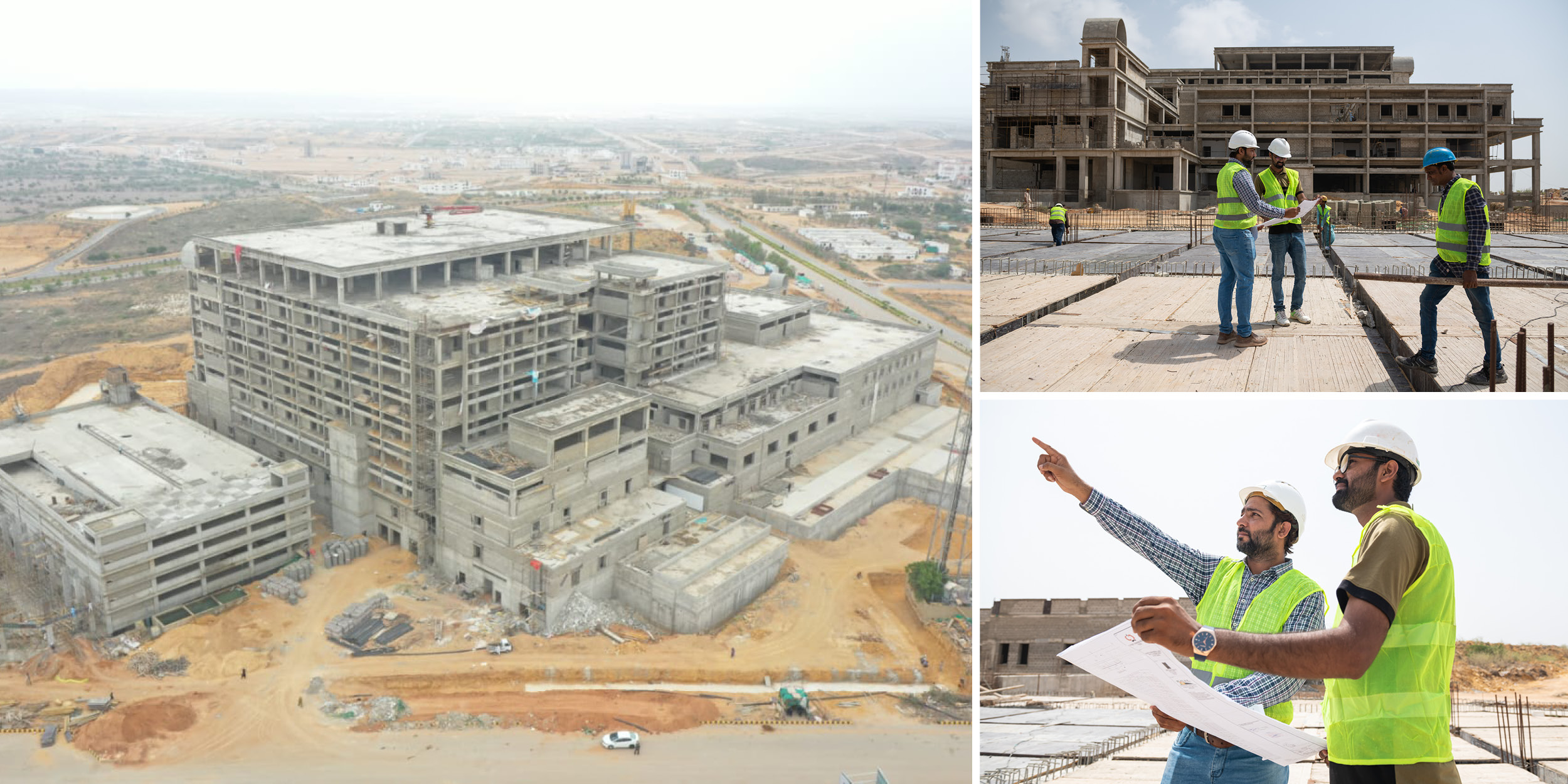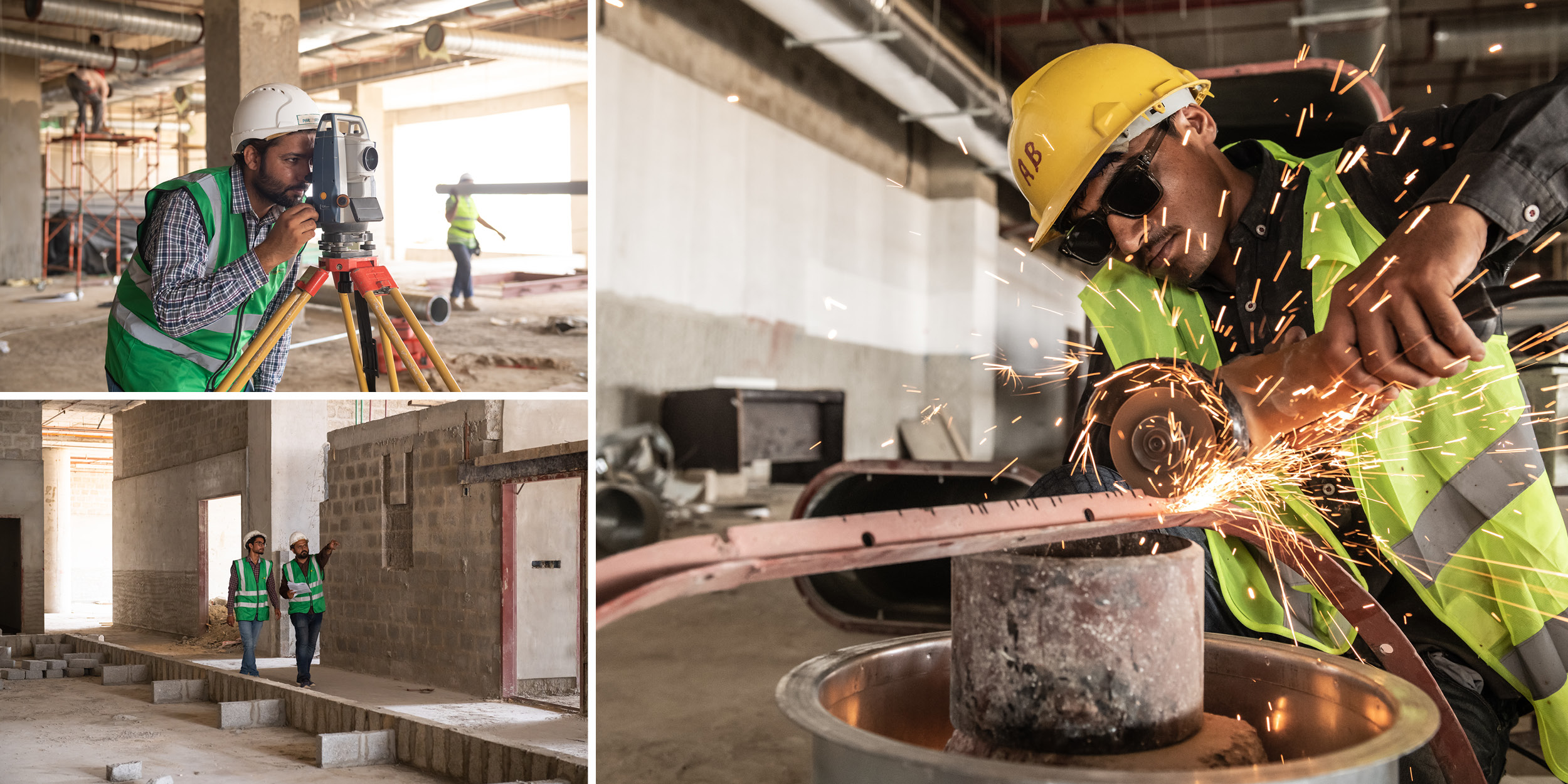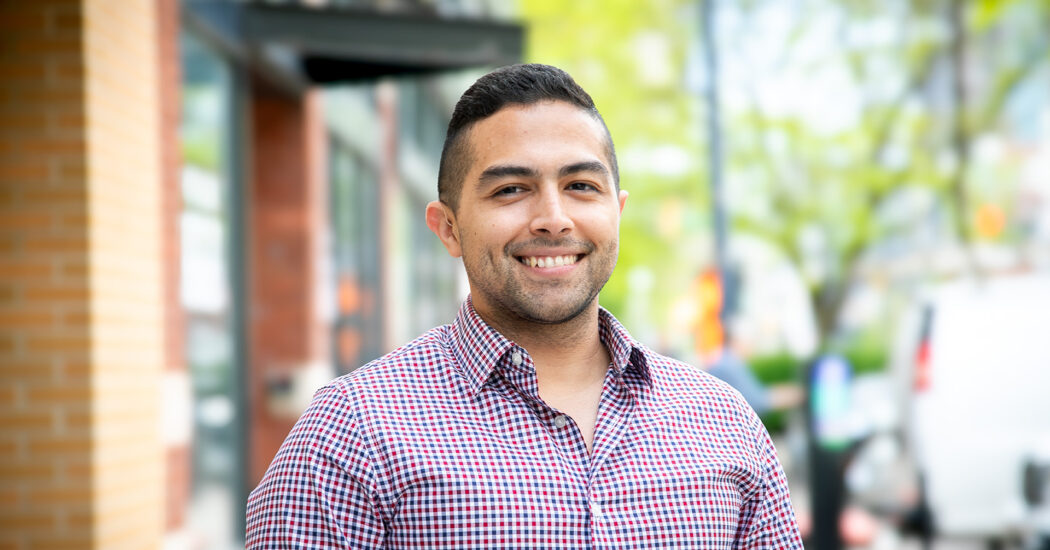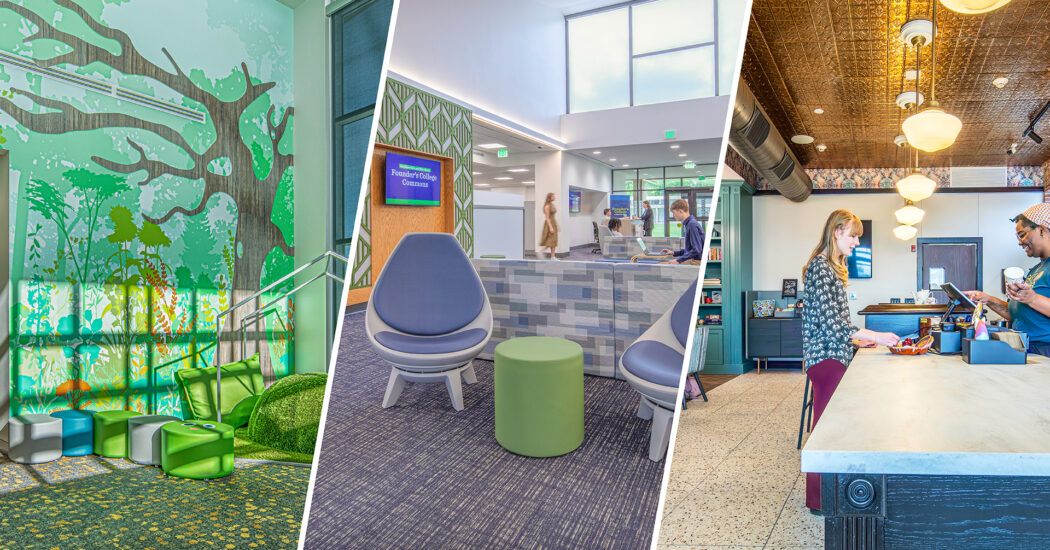The Midway Point: Progress Continues on Shaukat Khanum Memorial Hospital and Research Centre’s New Karachi Facility
-
Category
Studio-Healthcare, Perspectives, Innovation -
Posted By
J.R. Robertson -
Posted On
Sep 11, 2023
For several decades, Schmidt Associates has maintained a working partnership with The Shaukat Khanum Memorial Hospital and Research Centre (SKMHRC) in Pakistan. Spearheaded by distinguished physicians Nausherwan Burki, Faisal Sultan, and Aasim Yusaf, the Shaukat Khanum Memorial Hospital and Research Centre has taken the lead in establishing a network of cutting-edge cancer treatment facilities across Pakistan. Over the years, we have been honored to provide healthcare design services for various projects spanning Lahore, Peshawar, and Karachi. The most recent endeavor is the upcoming facility located north of Karachi, Pakistan.

An Update
As of now, the new Karachi facility has reached a significant milestone in its construction journey. The central structure, spanning nearly 900,000 SF, has taken shape, complemented by a 500-car parking structure, an administration building, and a clinic. Commencing in the Summer of 2020, the construction efforts are on track, with the opening of outpatient services in 2024 and full occupancy set for early 2025. The concrete structure is complete, and assembly of the exterior wall continues. Presently, the installation of glazing is in progress, to be followed by the implementation of an exoskeleton design inspired by the region’s rich historical architecture. The remaining will be clad in native sandstone panels. Meanwhile, interior construction strides forward with the installation of partitions and mechanical, electrical, and plumbing systems. The enormity of the project required approximately 80,000 cubic yards of concrete; a quantity approximately equivalent to what was used in erecting the iconic Empire State Building.
Cooperative Collaboration
As the architects behind the design, we continue to collaborate closely with the local architect of record, ECIL, and the construction manager, Paragon. This collaboration is crucial in assisting the Owners in their advancement plans. For instance, Project Architect Veena Reedy and Manager of Energy Services Bill Gruen are seamlessly collaborating with local engineers to refine further a solar design strategy projected to provide around 25% of the facility’s daily power requirements. Given the region’s susceptibility to frequent disruptions in the power grid, the hospital will be proactively equipped with solar power systems and backup generators for uninterrupted power supplies.

Overcoming Challenges Effectively
The project team is currently immersed in exploring innovative design solutions for the facility’s exoskeleton. Designed with the intention to shield the building from extreme temperatures, reaching up to 115 degrees Fahrenheit during summer, as well as the fierce gulf winds that accompany the monsoon season, this exoskeleton serves a dual purpose of functionality and aesthetics. Schmidt Associates has introduced the concept of Glass Fiber Reinforced Concrete panels (GFRC), prefabricated and transported to the site for installation. However, the procurement of the required quantity of GFRC panels poses a challenge due to limited suppliers. An alternative proposition has emerged from the local architect, suggesting the use of perforated aluminum panels. Spearheaded by Veena and me, thorough research and discussions are underway to determine the most suitable approach.
These challenges encountered while creating monumental projects in Pakistan are customary and intriguing for our team of architects. The journey toward completion of the new Karachi facility illustrates the power of collaborative efforts and innovative strategies that define our partnership.
Building for the Future
At Schmidt Associates, our partnership with the Shaukat Khanum Memorial Hospital and Research Centre is just one example of our commitment to delivering healthcare solutions that are both innovative and sustainable. This project highlights our approach to overcoming site-specific challenges, leveraging local resources, and collaborating effectively with multiple stakeholders. As we look to the future, our focus remains on creating structures that not only heal but also withstand the test of time. This kind of thinking keeps us excited about what we do, and more importantly, it keeps our clients coming back to us. Whether in Indiana, Kentucky, or halfway around the world in Karachi, we are committed to designing better futures, one project at a time.







